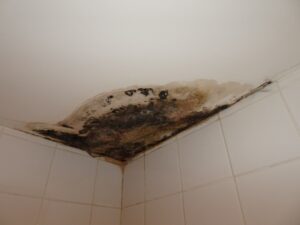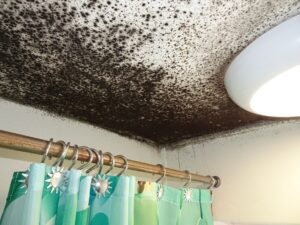SERVICES
MAIn services
Housing Conditions & Disrepair ServicesBreach Repairs & Re-inspectionsDrone Inspectionsadditional services
Calcium Carbide & Salt Testing
With Housing Disrepair and Conditions cases on the rise, and in the wake of recent high-profile incidents such as the tragic death of Awaab Ishak, it is increasingly important to recognise that mould can cause serious issues if not dealt with correctly.
In our field, this involves assessing whether mould renders a property Unfit for Human Habitation. While the presence of mould alone does not automatically render a property unfit, the Homes (Fitness for Human Habitation) Act 2018 requires landlords to address conditions that pose a significant health risk.

As Expert Witnesses and Chartered Building Surveyors, we focus on the physical conditions of a property observed during our inspection. Our inspections are grounded in objective evaluations, and guided by a “balance of probabilities” approach.
When considering ‘unfitness’, we take into account:

Until precedent is set in the Courts, there is no specific quantitative measure (like a specified square footage of mould) that universally makes a property unfit. Instead, the determination is based on the severity and impact of the mould problem.
Mould that is extensive, poses a significant health risk, or is indicative of serious maintenance and structural issues that are not being addressed by the landlord, is more likely to render a property ‘Unfit for Human Habitation’.
As the Act embeds, more case law and decisions will ultimately shape and clarify how far Fitness for Human Habitation reaches.
